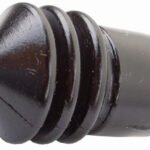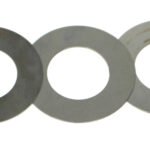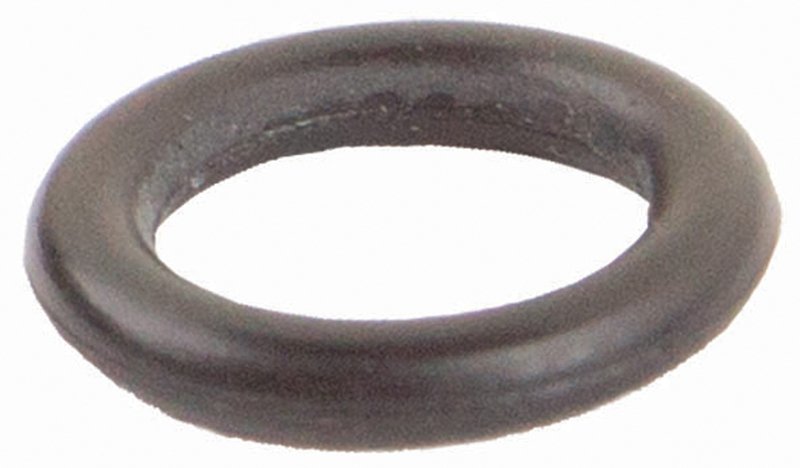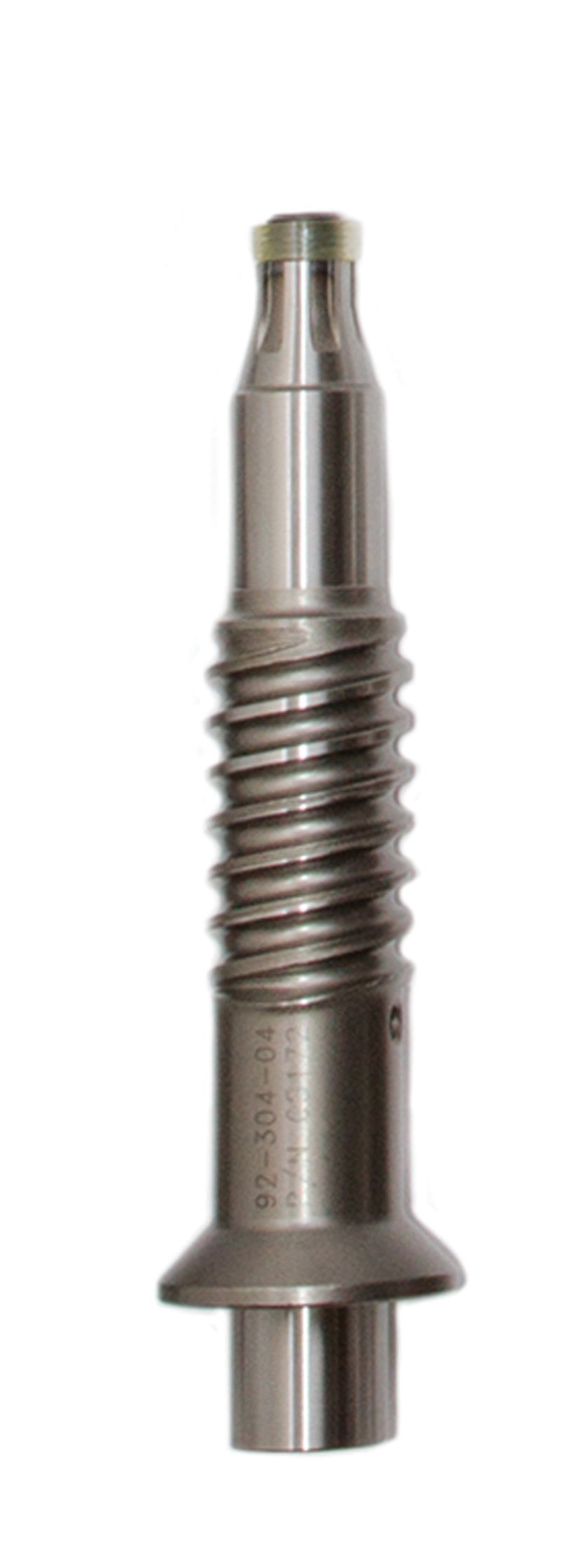
SEAL
March 4, 2024
SHIM KIT
March 6, 2024
Description
- Purpose: The primary function of an oil seal is to retain lubricants within the system and prevent the entry of contaminants, such as dirt, dust, or water, into machinery. It ensures smooth operation and prolongs the lifespan of bearings, gears, and other rotating or reciprocating components.
- Material Composition: Oil seals are typically made from elastomeric materials such as rubber or synthetic rubber compounds, reinforced with metal or fabric for added strength and durability. The sealing lip of the oil seal is in direct contact with the rotating shaft and forms a barrier to prevent oil leakage.
- Design: Oil seals have a flexible, lip-shaped sealing element that makes direct contact with the shaft surface. The seal is housed in a metal or rubber casing, which is press-fitted or bonded to the housing bore to secure the seal in place. Some oil seals may also have additional dust lips or exclusion features to enhance sealing performance in harsh environments.
- Installation: Oil seals are installed into a housing or bore with a press fit or using adhesive bonding. Proper installation techniques, such as ensuring a clean and smooth mounting surface and applying lubrication to the seal lip, are essential to prevent damage and ensure effective sealing.
- Applications: Oil seals are widely used in automotive, industrial, and aerospace applications, including engines, transmissions, axles, pumps, gearboxes, and hydraulic systems. They are essential components for sealing rotating or reciprocating shafts in machinery and equipment.
- Maintenance: Regular inspection and replacement of worn or damaged oil seals are important to prevent oil leaks and maintain the efficiency of mechanical systems. Signs of oil leakage, excessive wear, or damage to the sealing lip should be addressed promptly to avoid costly repairs or downtime.




